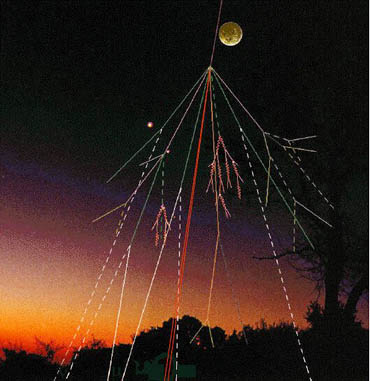The scientists have measured the speed of light that is emitted from very fast subatomic particles. Advanced technology is needed both to create such particles and to make the measurement. The striking result of such measurements is that the speed of light is always the same as if it was emitted from a particle at rest.
In 1905 Einstein proposed that the speed of light in vacuum is independent of how the source of light and the observer are moving. This was a bold statement that does not agree with our intuition or with our experience of the speed of objects in our surroundings.
This statement leads to that we must abandon the idea of an absolute time, a time identical for all observers. For example, the time of a clock that moves with high speed compared to us will be slower compared to the time of a clock that is at rest compared to us. An observer that travels along the moving clock will not experience that the clock has changed its pace. This phenomenon is called dilation of time. The mathematical relation between the time of our clock (t) and the time of the moving clock (t0) is:


The fact that a large number of muons can be detected at the surface of the earth, despite their short lifetime, is a verification of the dilation of time. (Source CERN)